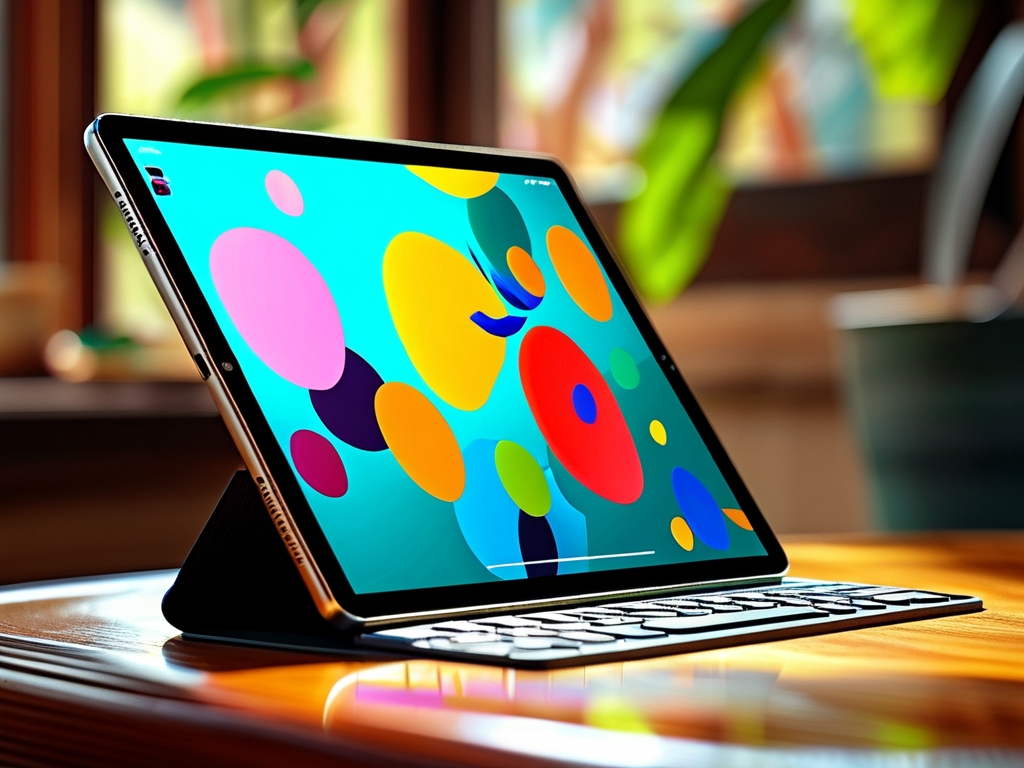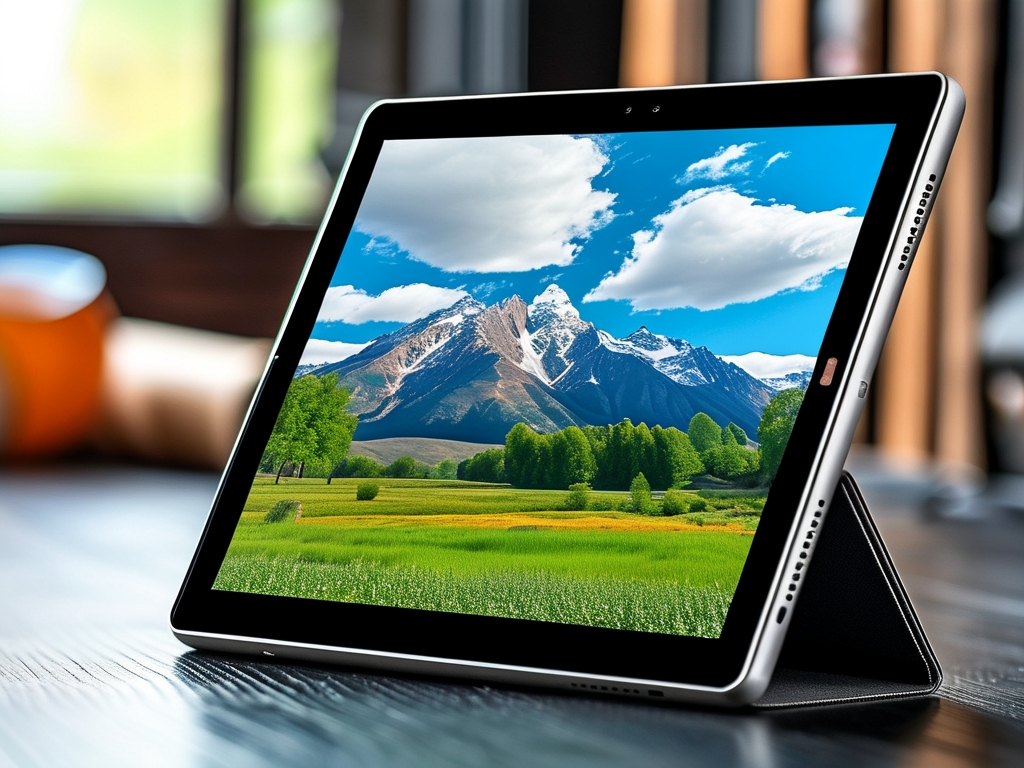In the world of consumer electronics, few topics generate as much confusion as the discrepancy between a tablet’s advertised storage capacity and the actual available memory. Manufacturers prominently display figures like 64GB, 128GB, or 256GB on product packaging, yet users often discover that their devices offer significantly less usable space. This gap arises from differences in how memory is calculated, pre-installed software, and technical overhead. Understanding these factors is critical for making informed purchasing decisions and optimizing storage usage.
The Decimal vs. Binary Calculation Divide
At the heart of the confusion lies the difference between decimal-based and binary-based storage calculations. Manufacturers use the decimal system (base 10) to market storage, where 1 gigabyte (GB) equals 1,000,000,000 bytes. However, operating systems (OS) like Android and iOS employ binary calculations (base 2), where 1 gibibyte (GiB) equals 1,073,741,824 bytes. This discrepancy means that a device advertised as 64GB actually provides approximately 59.6GiB of usable space—a loss of nearly 7% before accounting for other factors.

For example:

- Advertised: 64GB (64,000,000,000 bytes)
- OS Calculation: 64,000,000,000 ÷ 1,073,741,824 ≈ 59.6GiB
This difference grows with larger storage capacities. A 256GB tablet loses roughly 28GB (11%) right out of the box due to this calculation mismatch alone.
Pre-Installed Software and System Overhead
Beyond the decimal-binary divide, pre-installed software further reduces available storage. Tablets ship with an operating system, default apps (e.g., email clients, browsers, media players), and sometimes manufacturer-specific utilities. For instance:
- iOS on iPads: The OS alone consumes 8–12GB, depending on the version.
- Android tablets: The OS and Google Mobile Services (GMS) can occupy 10–15GB.
Additionally, system-reserved space for caching, updates, and temporary files eats into usable memory. Modern tablets also partition storage to isolate OS files from user data, adding another layer of overhead.
Manufacturer Practices and “Bloatware”
Some manufacturers exacerbate the problem by pre-loading third-party apps, often called “bloatware.” While flagship devices like the Samsung Galaxy Tab S9 or Apple iPad Pro minimize such additions, budget tablets frequently include games, utility apps, or trial software that users may never need. These apps can occupy 2–5GB of storage and cannot always be uninstalled—only disabled.
File System Formatting and Metadata
Storage formatting also plays a role. File systems like APFS (Apple) or ext4 (Android) require space for metadata, which manages file hierarchies, permissions, and attributes. While this overhead is minimal (1–3%), it compounds with other losses.
User Perception and Industry Accountability
Critics argue that manufacturers should advertise “usable” storage rather than theoretical maximums. Regulatory bodies like the EU have pushed for transparency, but loopholes persist. For example, a 2021 ruling mandated that companies disclose OS occupancy, yet many still list total storage without clarifying pre-installed software impacts.
How to Maximize Your Tablet’s Storage
- Cloud Integration: Use services like iCloud, Google Drive, or OneDrive to offload photos, videos, and documents.
- External Storage: Leverage USB-C or microSD card slots (if available) for expandable memory.
- App Management: Regularly audit and uninstall unused apps. Streaming services like Spotify or Netflix reduce the need for local media storage.
- Clear Caches: System and app caches can consume gigabytes over time. Tools like Android’s “Storage Manager” or iOS’s “Offload Unused Apps” automate this process.
The Future of Tablet Storage
Emerging technologies like Universal Flash Storage (UFS) 4.0 and NVMe-based solutions promise faster speeds and better efficiency. Meanwhile, software advancements in compression algorithms (e.g., Android’s Adiantum encryption) help reduce OS footprint. However, as tablets evolve into productivity powerhouses—with 4K video editing and AAA gaming capabilities—the demand for transparent storage practices will only grow.
In , the “missing” storage in tablets stems from a mix of technical, commercial, and regulatory factors. By understanding these nuances, users can better manage their devices and advocate for industry transparency. Always check real-world reviews that measure usable storage before purchasing your next tablet.









